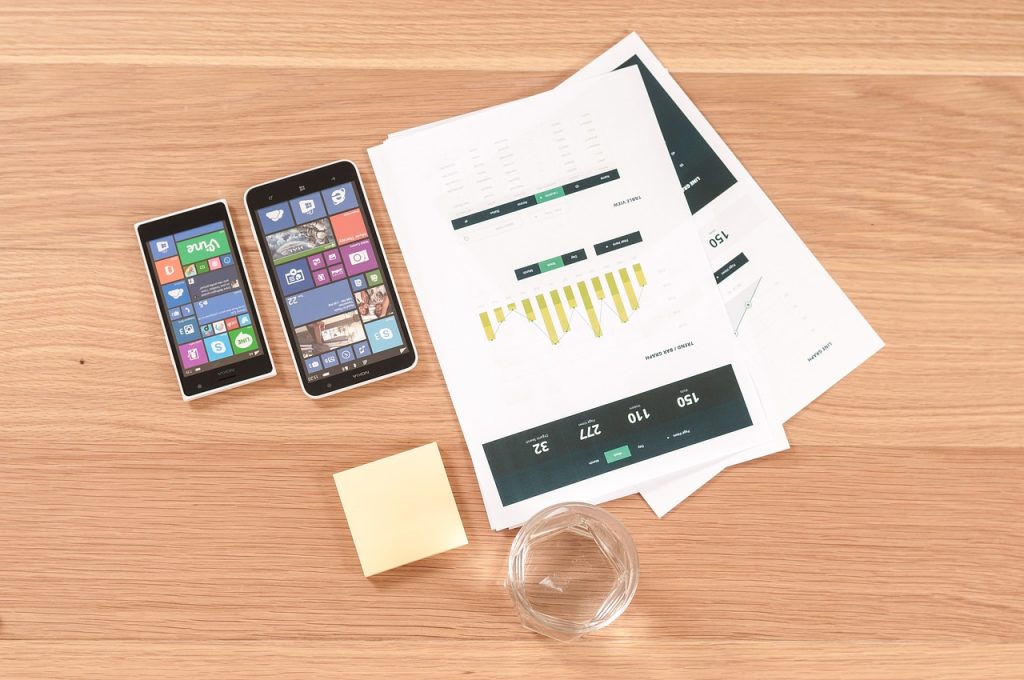
In today’s digital age, software applications have become an integral part of our daily lives. From smartphones and web browsers to complex enterprise systems, software plays a pivotal role in how we communicate, work, and entertain ourselves. However, the success of software isn’t solely determined by its functionality or technical prowess; user-friendliness is a critical factor that can make or break an application. In this blog, we’ll explore the significance of user-friendly software design and why it matters more than ever.
What is User-Friendly Software Design?
User-friendly software design, also known as user experience (UX) design, focuses on creating applications that are intuitive, easy to use, and enjoyable for the end user. It encompasses a wide range of elements, including interface design, navigation, information architecture, and overall usability. The goal is to ensure that users can interact with the software effortlessly, accomplish their tasks efficiently, and have a positive overall experience.
Why User-Friendly Design Matters
Enhanced User Satisfaction: User-friendly software design directly correlates with user satisfaction. When users find an application easy to use and navigate, they are more likely to enjoy their interaction with it. This positive experience fosters loyalty and encourages them to continue using the software.
Increased Productivity: Well-designed software can boost user productivity. When users can quickly and intuitively access the features they need, they can complete tasks more efficiently. This is particularly important in business applications, where time is money.
Reduced Learning Curve: User-friendly design reduces the learning curve associated with new software. Users can start using the application with minimal training or instruction. This is crucial for onboarding new users and minimizing support and training costs.
Lower Error Rates: Cluttered or confusing interfaces can lead to user errors, which can be frustrating and costly. User-friendly design minimizes the likelihood of errors by guiding users through tasks and providing clear feedback.
Competitive Advantage: In a crowded software market, user-friendliness can set an application apart from its competitors. Users are more likely to choose and stick with software that offers a seamless and pleasant experience.
Accessibility and Inclusivity: User-friendly design also means considering accessibility for users with disabilities. An inclusive approach ensures that all users, regardless of their abilities, can benefit from the software.
Cost Savings: Fixing usability issues after the software is developed can be expensive and time-consuming. By prioritizing user-friendly design from the outset, you can avoid costly redesigns and updates down the road.
Key Principles of User-Friendly Software Design
To create user-friendly software, designers and developers should follow these key principles:
User-Centered Design: Start with a deep understanding of your target audience and their needs. Design the software around the user, not the other way around.
Simplicity: Keep the interface and interactions as simple as possible. Avoid unnecessary complexity and clutter.
Consistency: Maintain a consistent design and navigation throughout the application. Consistency helps users build mental models and makes the software more predictable.
Clear Feedback: Provide immediate and clear feedback for user actions. This includes error messages, success indicators, and visual cues.
Intuitive Navigation: Make it easy for users to find what they’re looking for. Logical and intuitive navigation is crucial for a smooth user experience.
Accessibility: Ensure that the software is accessible to all users, including those with disabilities. This includes providing alternative text for images, keyboard navigation, and other accessibility features.
Testing and Iteration: Continuously test the software with real users and gather feedback. Use this feedback to iterate and improve the user experience over time.
Conclusion
User-friendly software design is not just a nice-to-have; it’s a critical factor that can determine the success or failure of an application. By prioritizing user experience, software developers can create products that delight users, increase productivity, and stand out in a competitive market. In today’s user-centric world, user-friendly design is not just a design choice; it’s a strategic imperative.
Your blog is a true hidden gem on the internet. Your thoughtful analysis and in-depth commentary set you apart from the crowd. Keep up the excellent work!